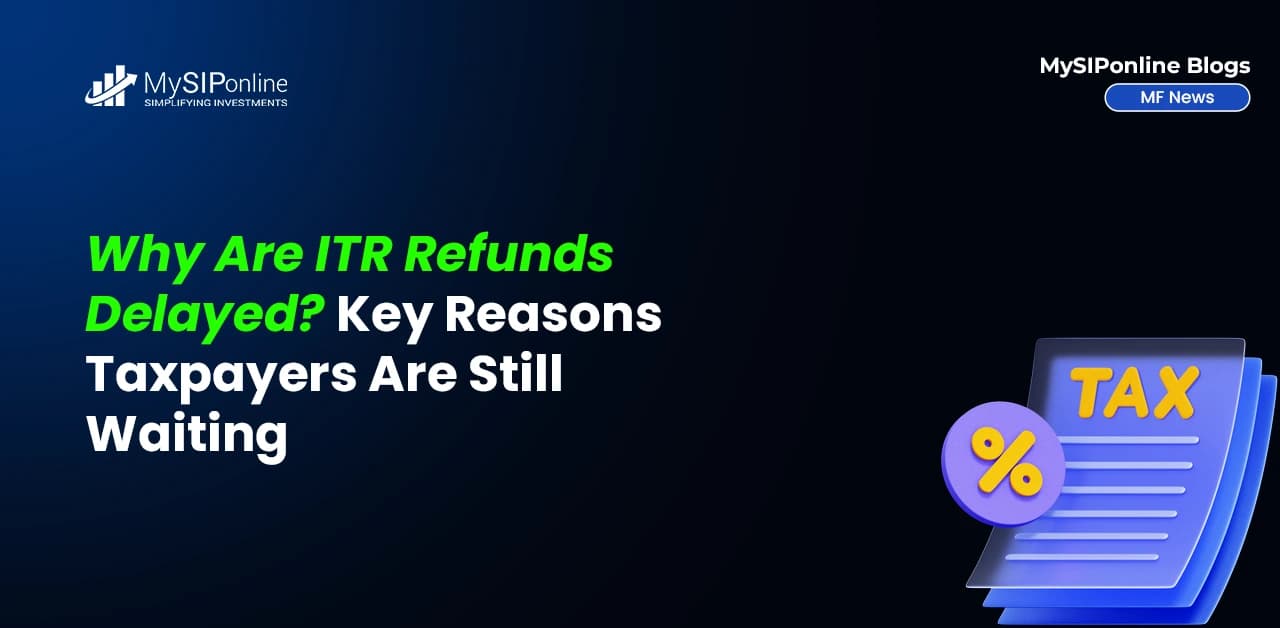Do you often get confused with the concept of NAV while transacting in mutual funds? You must need to know the worth of NAV and how you should consider it at the time of buying or selling your fund. Is it just like the stock price? Should you time the market using the NAV values? What are the implications of buying at high and selling at low or vice versa? These are some of the queries you might have in your mind. Here you will find the solutions for all of them.
Defining NAV (Net Asset Value)
It is quite important to understand the exact meaning of NAV. Just like in the case of stocks or shares, there is a price value, in the case of mutual funds, there is a net asset value which determines the unit price of the scheme. As we know that the mutual funds have assets under management, the price of their units is ascertained using the same. The NAV is computed by adding up all the asset values and deducting the liabilities.
The mathematical formula for NAV calculation is -
Net Asset Value (NAV)= Assets - Liabilities / Number of Outstanding Units in the Fund
The assets include the value of the securities like equity, debts, money market instruments, the accrual interest & dividend, and the liquid cash in the fund. On the flip side, the liabilities of the fund include the expenses like a commission or brokerage payable by the fund house, outstanding liabilities, and accrual expenses if any.
Role of NAV in Mutual Funds
The investors often get confused between the stock prices and the NAV of the schemes and believe that they are the same. This isn’t true! Stock prices are decided by the investors after analysing the fundamentals, management prospects, etc., of the companies due to which the book value and market value of shares differ. The NAV, on the other hand, is the value of the assets less liabilities of a fund. Stock prices form a small part of the NAV, but they cannot be used as synonyms for each other.
In the case of buying the individual stock, we often time the market and buy at low and sell the shares at higher values to earn profits. But timing the market using the NAVs of the scheme might not be a productive decision in many of the cases. The reason being is that, NAV has many other factors and parameters within, which may affect the timing decisions a lot.
NAV simply helps in allotment of the units of the specific fund which you have bought. A higher NAV depicts that either the fund is in the market for a long time, or it has fared very well. The opposite is also true.
Timing the Market in Mutual Funds
The most effective and important feature of mutual fund investing is the diversification which it provides to the investors. By allocating the total assets in different sectors, instruments, and companies, the mutual fund tends to reduce the risk exposure and helps in enhancing the chances of earning greater values. Furthermore, diversification is helpful in reducing the ill-effects of the market volatility which is helpful enough for gaining stability in the returns.
Accordingly, timing the market in the case of a mutual fund is a bad idea. The fund managers already have their own strategies and policies to rebalance the funds in different market scenarios and by buying or selling the schemes due to fluctuating market may lead to great losses. Instead, one must keep a watch on the objectives of the schemes as well as the activities of the fund manager to evaluate the efficiency of the fund and take adequate decision whenever one finds any discrepancies.
So now, we hope that your doubts regarding the NAV in mutual funds have cleared. If you need any other assistance or guidance for investing in mutual funds, then you must get associated with our team of advisors. We, at MySIPonline, are focussed towards providing the best solutions to the investors for their financial health.




.webp&w=3840&q=75)








